Localizing the First Interstellar Meteor with Seismometer Data
Abstract
:1. Introduction
2. Method of Calculation
3. Discussion
Author Contributions
Funding
Data Availability Statement
Acknowledgments
Conflicts of Interest
References
- Siraj, A.; Loeb, A. A Meteor of Apparent Interstellar Origin in the CNEOS Fireball Catalog. Astrophys. J. 2022, 939, 53. [Google Scholar] [CrossRef]
- Siraj, A.; Loeb, A. New Constraints on the Composition and Initial Speed of CNEOS 2014-01-08. Res. Notes Am. Astron. Soc. 2022, 6, 81. [Google Scholar] [CrossRef]
- Siraj, A.; Loeb, A.; Gallaudet, T. An Ocean Expedition by the Galileo Project to Retrieve Fragments of the First Large Interstellar Meteor CNEOS 2014-01-08. arXiv 2022, arXiv:2208.00092. [Google Scholar]
- Tillinghast-Raby, A.; Loeb, A.; Siraj, A. Expected Fragment Distribution from the First Interstellar Meteor CNEOS 2014-01-08. arXiv 2022, arXiv:2212.00839. [Google Scholar]
- Matsuzaki, H.; Yamakoshi, K. Size Distribution of Interplanetary Iron and Stony Particles Related with Deep-Sea Spherules. In Proceedings of the Lunar and Planetary Science Conference, 1993, Lunar and Planetary Science Conference, Houston, TX, USA, 16–20 March 1993; p. 943. [Google Scholar]
- Rudraswami, N.G.; Parashar, K.; Shyam Prasad, M. Micrometer- and nanometer-sized platinum group nuggets in micrometeorites from deep-sea sediments of the Indian Ocean. MAPS 2011, 46, 470–491. [Google Scholar] [CrossRef]
- Prasad, M.S.; Rudraswami, N.G.; de Araujo, A.; Babu, E.V.S.S.K.; Vijaya Kumar, T. Ordinary chondritic micrometeorites from the Indian Ocean. MAPS 2015, 50, 1013–1031. [Google Scholar] [CrossRef]
- Shyam Prasad, M.; Rudraswami, N.G.; De Araujo, A.A.; Khedekar, V.D. Unmelted cosmic metal particles in the Indian Ocean. MAPS 2017, 52, 1060–1081. [Google Scholar] [CrossRef]
- Karakostas, F.; Schmerr, N.; Hop Bailey, S.; Dellagiustina, D.; Habib, N.; Bray, V.; Pettit, E.; Dahl, P.; Quinn, T.; Marusiak, A.; et al. The Qaanaaq airburst as an analog of seismic source in extraterrestrial atmospheres: Seismic and infrasound investigation. In Proceedings of the European Planetary Science Congress, Online, 21 September–9 October 2020. No. EPSC2020-480. [Google Scholar] [CrossRef]
- Neidhart, T.; Miljković, K.; Sansom, E.K.; Devillepoix, H.A.R.; Kawamura, T.; Dimech, J.L.; Wieczorek, M.A.; Bland, P.A. Statistical analysis of fireballs: Seismic signature survey. PASA 2021, 38, e016. [Google Scholar] [CrossRef]
- Stich, D.; Casado Rabasco, J.; Madiedo, J.M.; Guerrero Rascado, J.L.; Morales Soto, J. Seismic Observation and Location of a Meteor Burst From a Dense Station Deployment in Southern Spain. GRL 2022, 49, e2022GL099999. [Google Scholar] [CrossRef]
- Edwards, W.N.; Eaton, D.W.; Brown, P.G. Seismic observations of meteors: Coupling theory and observations. Rev. Geophys. 2008, 46, RG4007. [Google Scholar] [CrossRef]
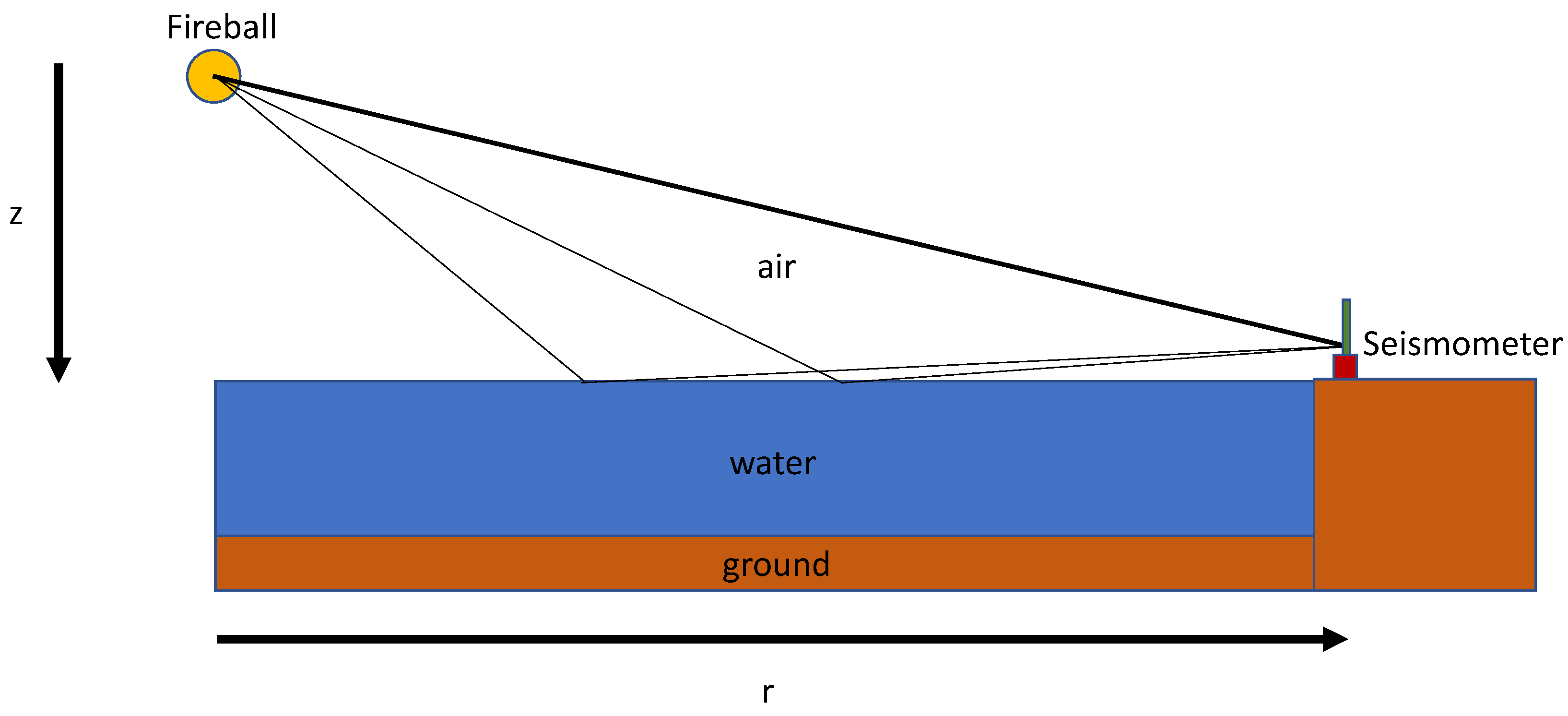
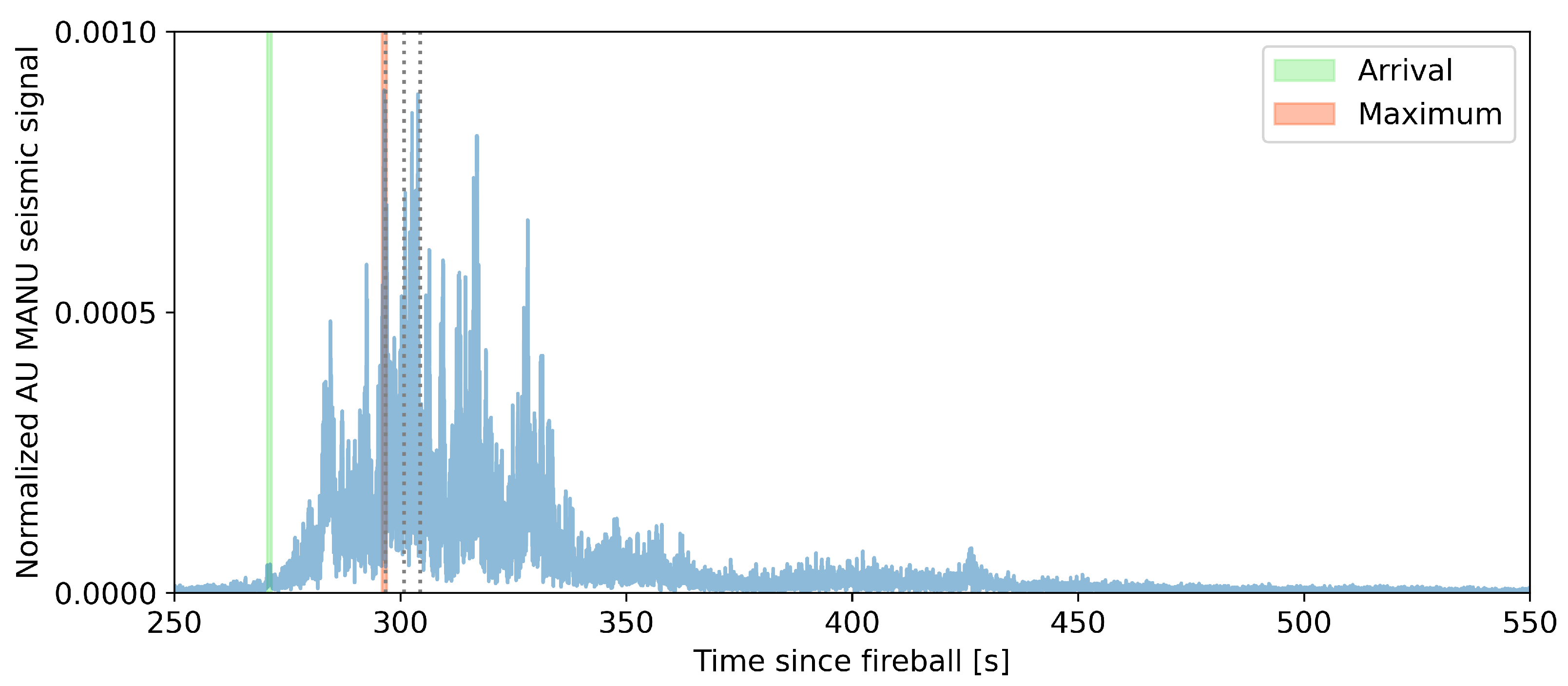
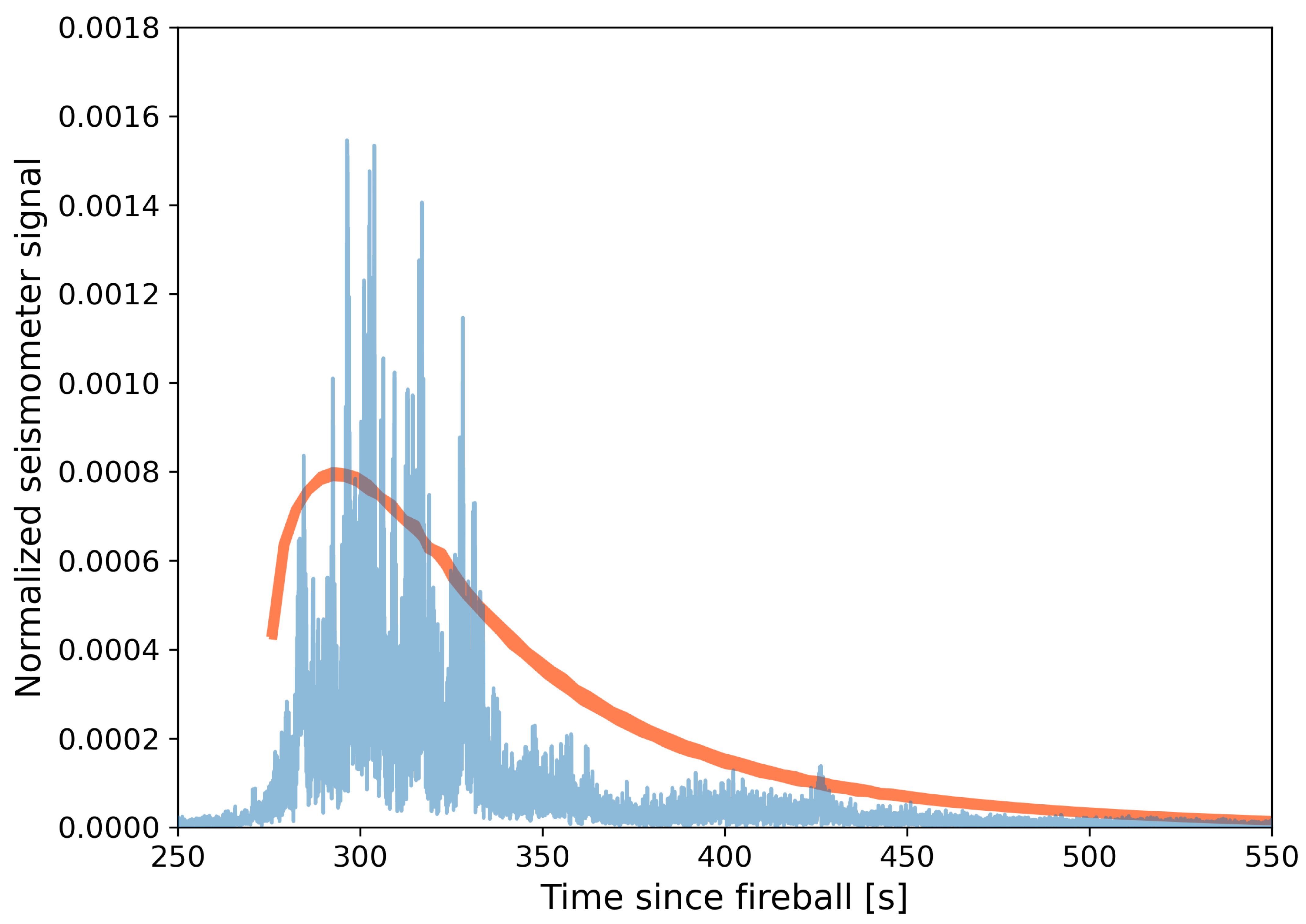
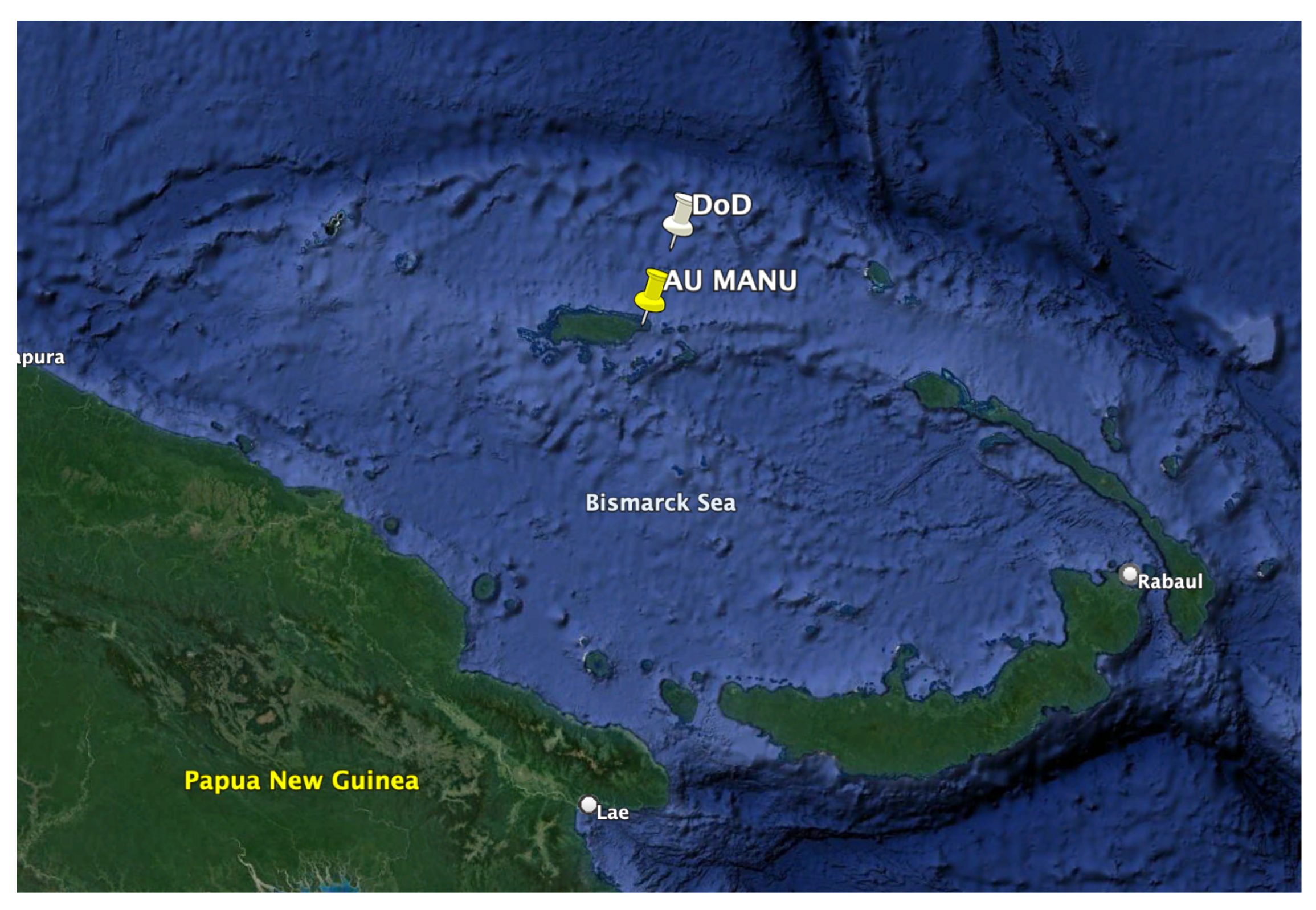
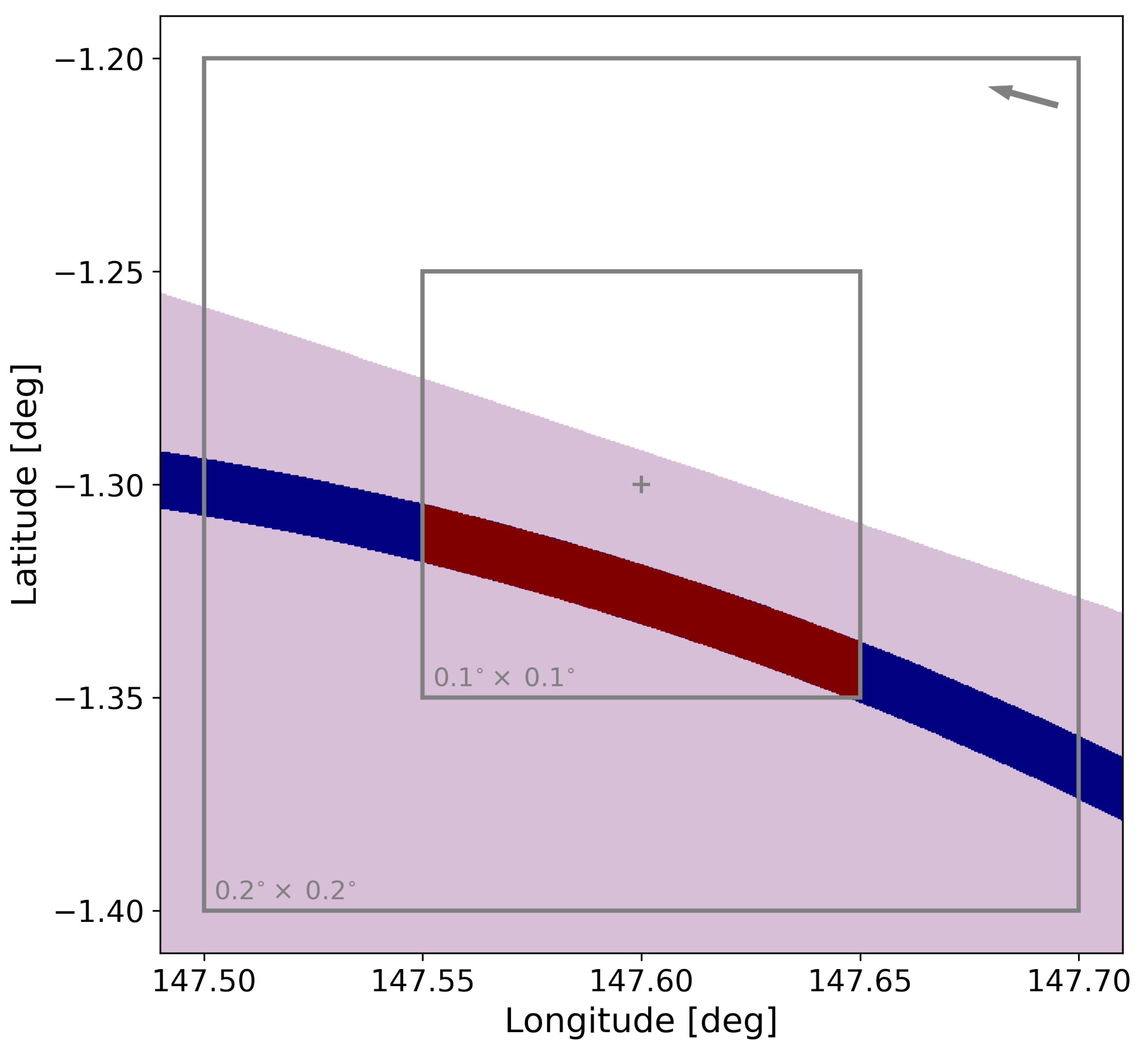
Disclaimer/Publisher’s Note: The statements, opinions and data contained in all publications are solely those of the individual author(s) and contributor(s) and not of MDPI and/or the editor(s). MDPI and/or the editor(s) disclaim responsibility for any injury to people or property resulting from any ideas, methods, instructions or products referred to in the content. |
© 2023 by the authors. Licensee MDPI, Basel, Switzerland. This article is an open access article distributed under the terms and conditions of the Creative Commons Attribution (CC BY) license (https://creativecommons.org/licenses/by/4.0/).
Share and Cite
Siraj, A.; Loeb, A. Localizing the First Interstellar Meteor with Seismometer Data. Signals 2023, 4, 644-650. https://doi.org/10.3390/signals4040035
Siraj A, Loeb A. Localizing the First Interstellar Meteor with Seismometer Data. Signals. 2023; 4(4):644-650. https://doi.org/10.3390/signals4040035
Chicago/Turabian StyleSiraj, Amir, and Abraham Loeb. 2023. "Localizing the First Interstellar Meteor with Seismometer Data" Signals 4, no. 4: 644-650. https://doi.org/10.3390/signals4040035
APA StyleSiraj, A., & Loeb, A. (2023). Localizing the First Interstellar Meteor with Seismometer Data. Signals, 4(4), 644-650. https://doi.org/10.3390/signals4040035







